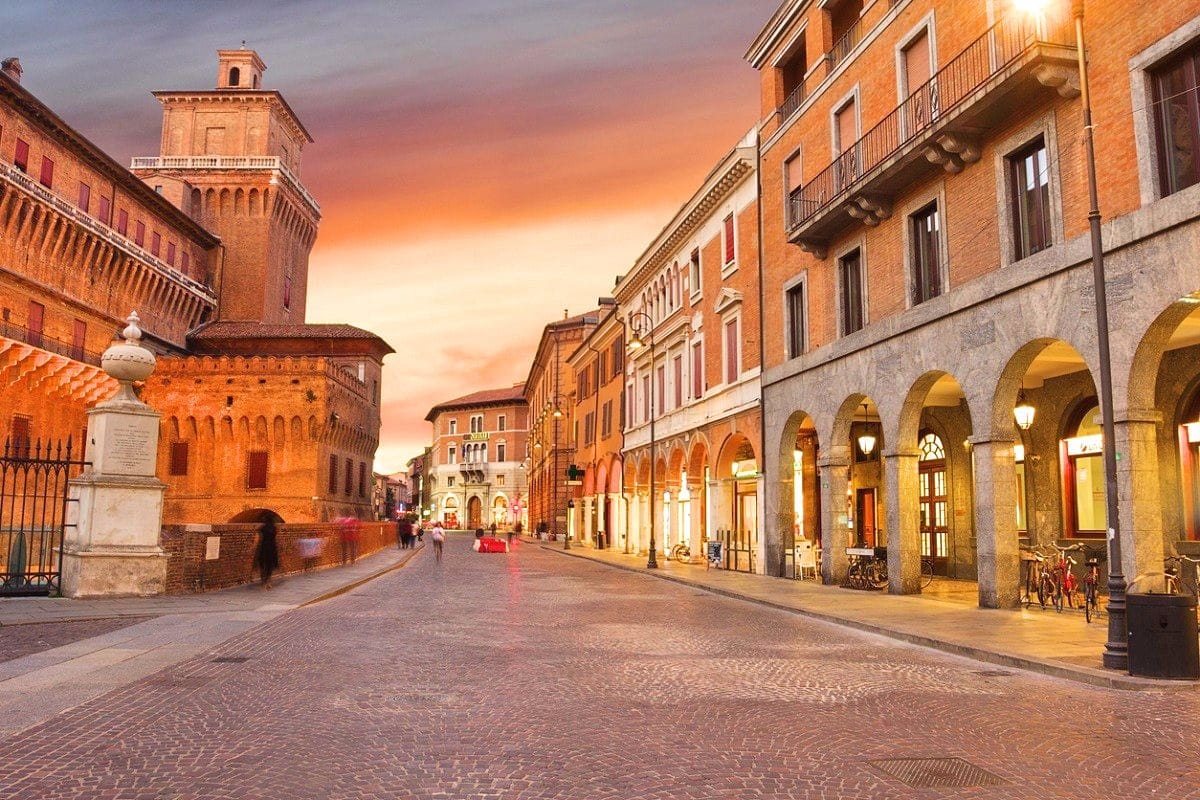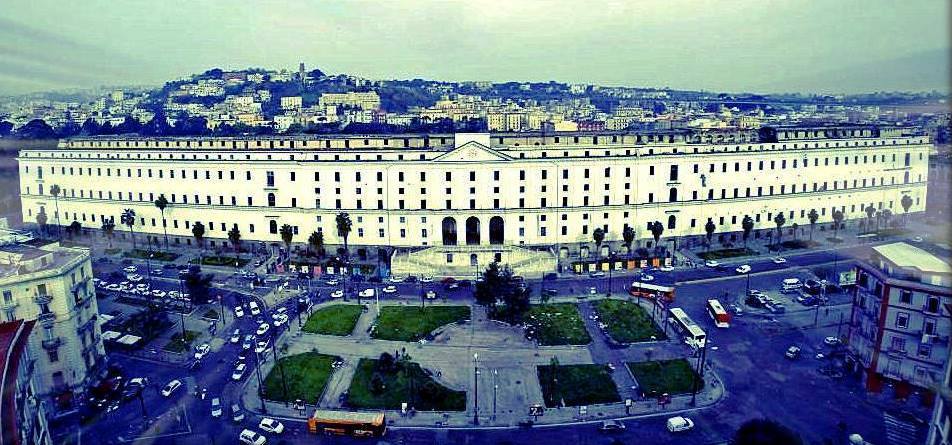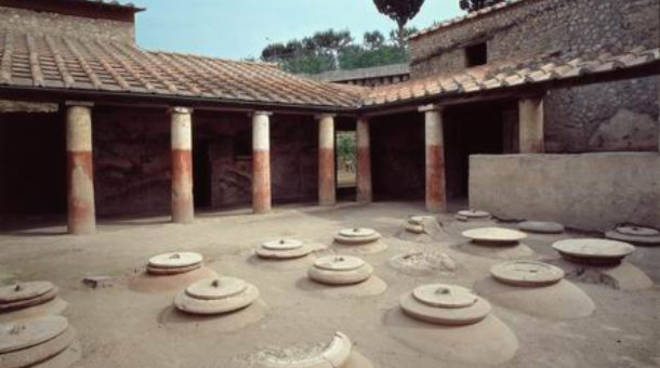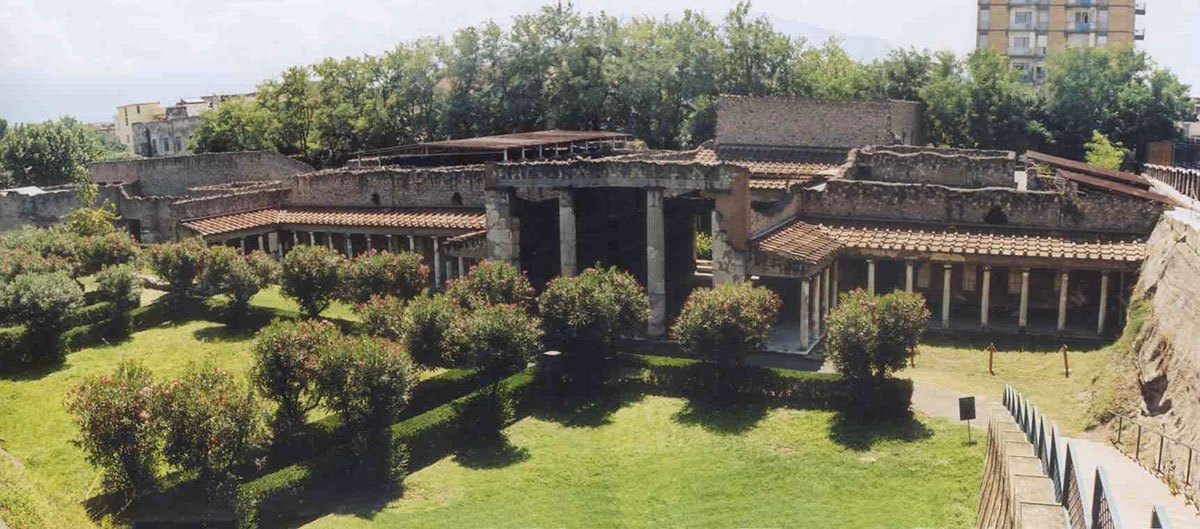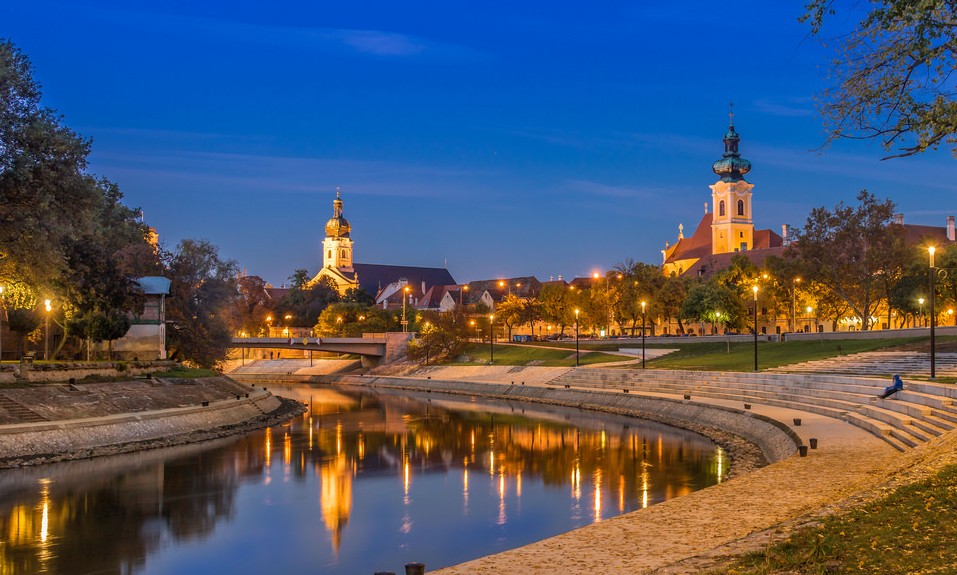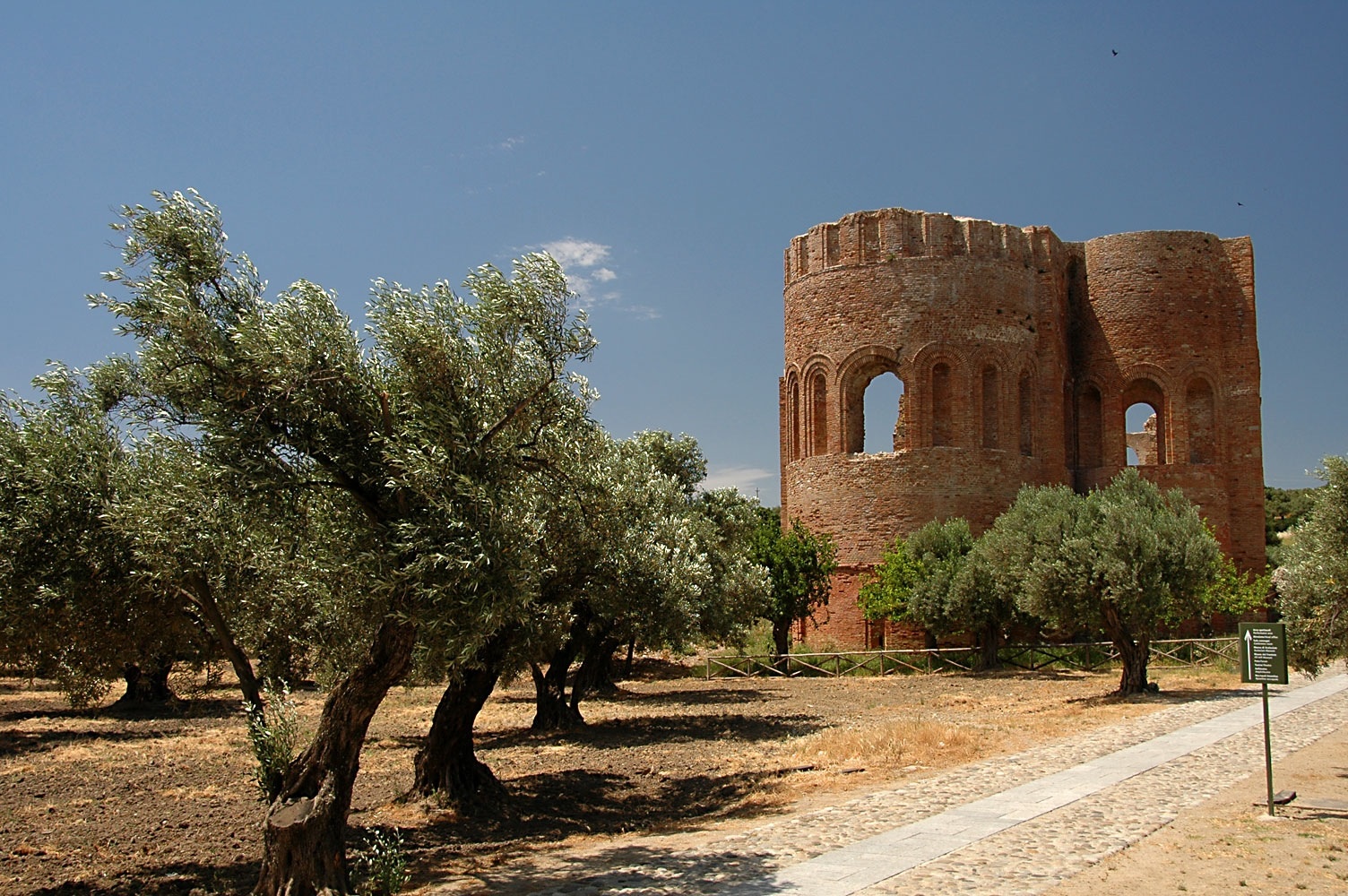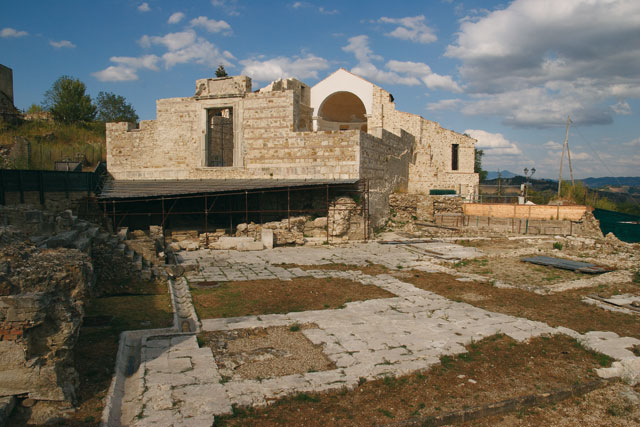Ferrara is a splendid city of art to be savored by strolling its streets, discovering in every corner its character as a magnificent Renaissance capital and grasping from this glorious past the reasons for its present.
The Este family ruled it for three centuries and gave it the appearance it still retains today: unique urban planning that harmoniously blends the Middle Ages and the Renaissance and makes it the first modern city in Europe. For this very characteristic, it has been recognized by UNESCO as a World Heritage Site.
It is a silent city, on a human scale, to be traveled on foot or by bicycle, reliving at every step magical atmospheres of the past.
Not to be missed are the numerous museums that, far from being mere containers of works of art, are distinguished by rich references to the reality that surrounds them, be it a legacy of the past or evidence of the present. Finds from the fabled city of Spina, evidence of the Greek and Etruscan worlds, are housed in the rooms of Palazzo Costabili; great painting of the 15th and 16th centuries at Palazzo dei Diamanti; and then again the art of Boldini, de Pisis and the works of contemporaries at Palazzo Massari. (Palazzo Massari is temporarily closed).
To be admired, Palazzo Schifanoia with its splendid Salone dei Mesi frescoed in the 15th century by the painters of the Officina Ferrarese; the Castello Estense, former residence of the Dukes of Este; the harmonious Romanesque-Gothic cathedral and its museum with outstanding works, including the organ doors depicting the Annunciation and St. George Slaying the Dragon, by Cosmè Tura (1469), master of the Ferrara School. On the left side of the cathedral, overlooking the square, is the Loggia dei Merciai, occupied by stores and workshops since medieval times.
Entering the medieval area, one then discovers jewels of religious art, such as the Monastery of Sant’Antonio in Polesine with its frescoes of the Giotto school, or the Church of Santa Maria in Vado, a pilgrimage destination following the Eucharistic miracle that took place here in the 12th century.
Don’t miss a bike ride on the Renaissance walls that have kept their original appearance almost intact.
